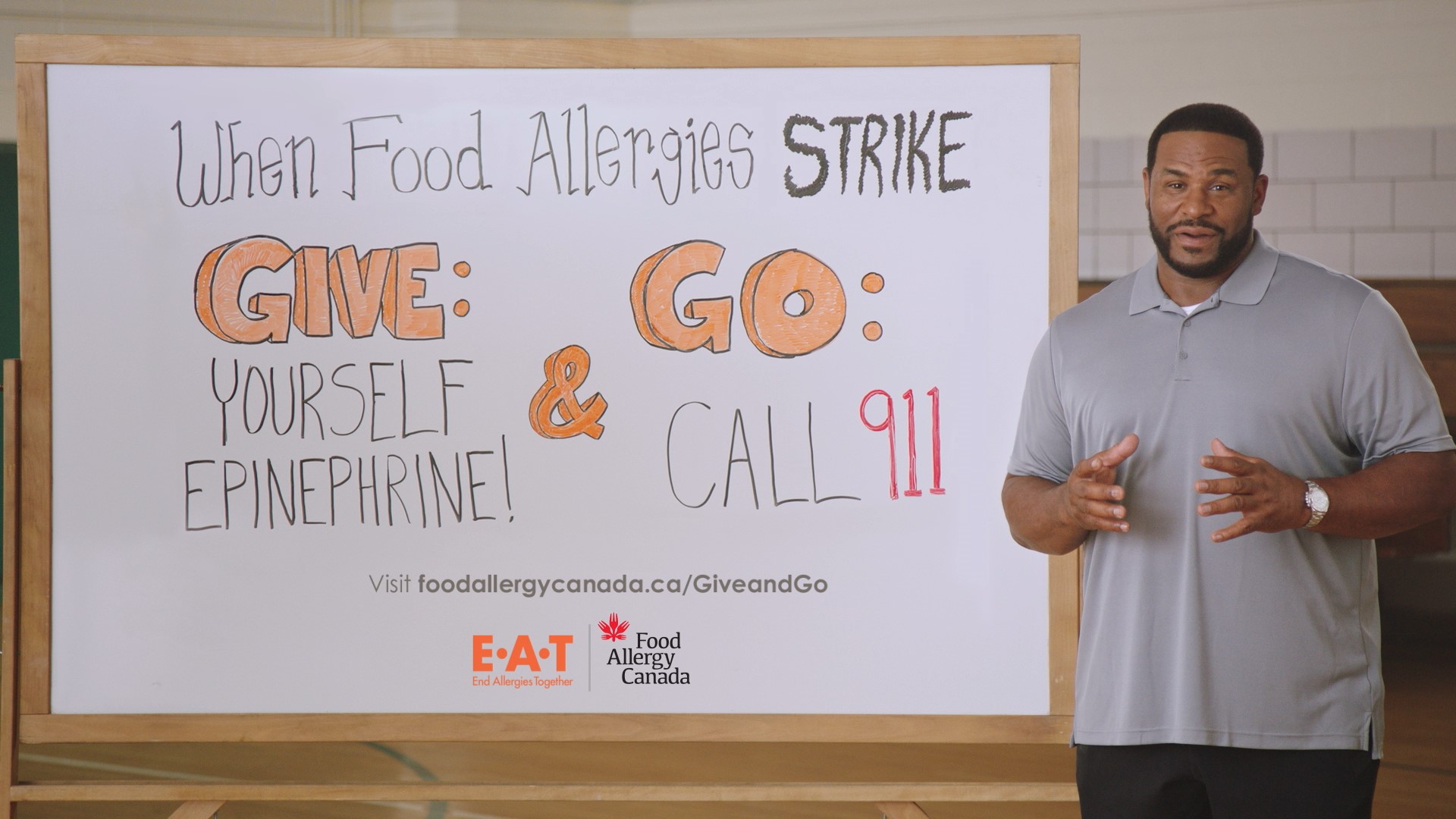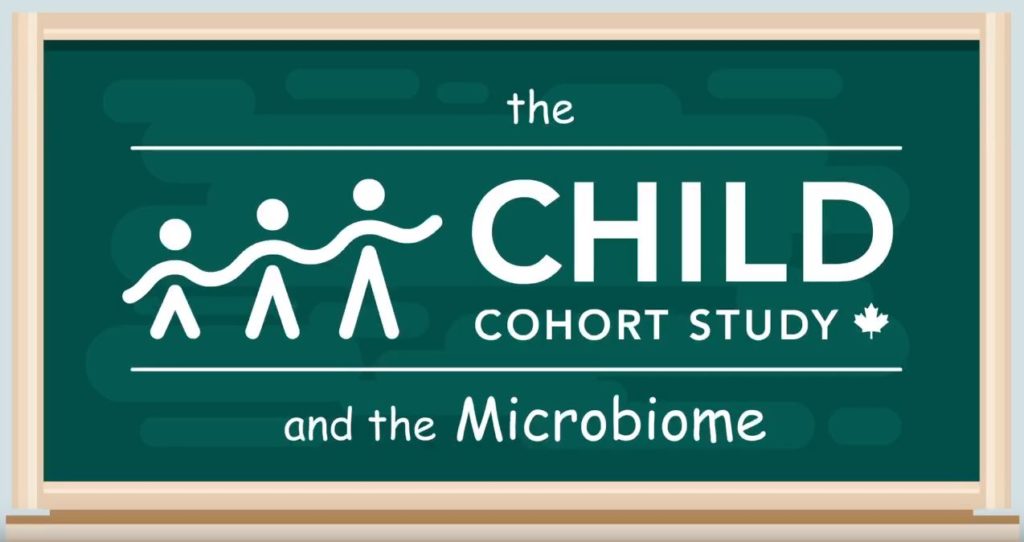Hear about the medical conferences we attended this past month where we learned more about food allergy research, and helped to ensure food allergy remained top of mind across other healthcare sectors. Check out what’s new in research including the role of antihistamines in anaphylaxis and learn how you can participate in the latest research studies. Plus, show your support for the CHILD Cohort Study video and read our latest mythbuster.
Advocacy and research: Keeping updated on the latest research insights and elevating your voice through conferences we’ve attended
Check out highlights from the healthcare conferences we participated in this past month, where we presented the patient perspective of living with this medical condition and spoke about the National Food Allergy Action Plan.
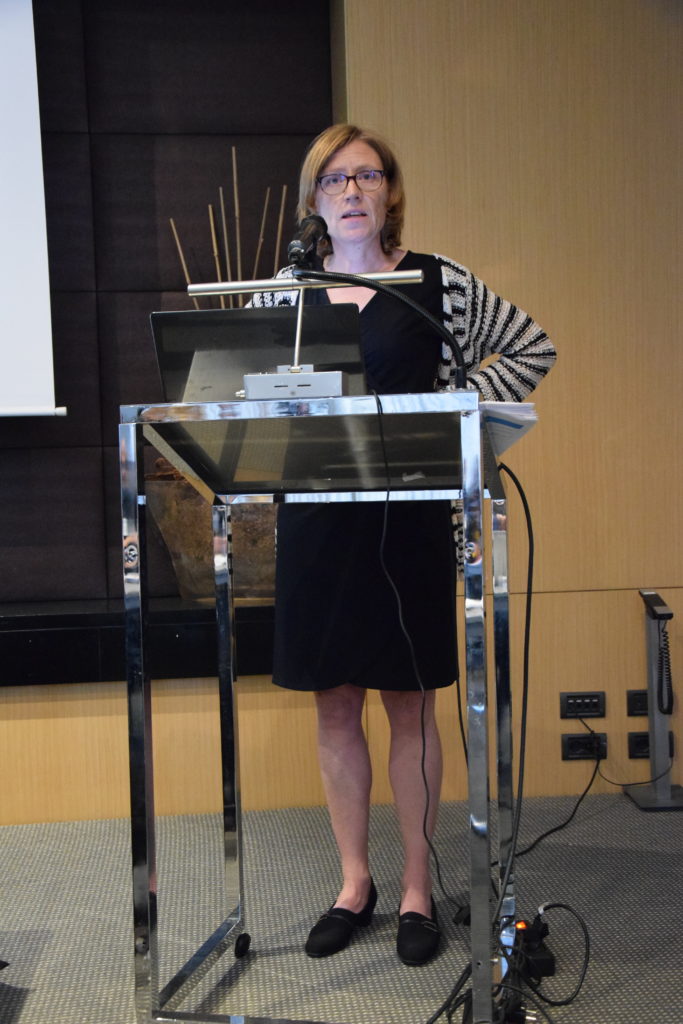
International Food Allergy & Anaphylaxis Alliance (IFAAA), October, Florence, Italy
Over 20 patient advocacy groups from around the world came together at the IFAAA meeting to work to advance the interests of the food allergy community worldwide. Jennifer, our ED, spoke about how patient organizations can help transform research insights into action.
Pediatric Allergy and Asthma Meeting (PAAM), October, Florence, Italy
PAAM 2019 brought together pediatricians and primary care physicians who care passionately about the scientific and clinical issues that relate to pediatric allergy and asthma. We presented on the importance of having educational and support programming available to help kids and families live well with food allergy and engaged in discussions around key issues impacting kids with food allergy from around the world.
Canadian Society of Allergy and Clinical Immunology (CSACI) Annual Scientific Meeting, October, Montreal, QC
The 74th CSACI Annual Scientific Meeting brought together outstanding Canadian and international speakers who shared their expertise and insights across a wide spectrum of clinical and basic sciences. As the primary Canadian gathering for the medical allergy community, it provided an excellent opportunity for specialists and researchers in the field of allergy, asthma, and clinical immunology from Canada and around the world to meet and share their knowledge. We presented alongside Dr. Harold Kim, the current president of the CSACI, on the National Food Allergy Action Plan.

Jennifer Gerdts presenting at CSACI 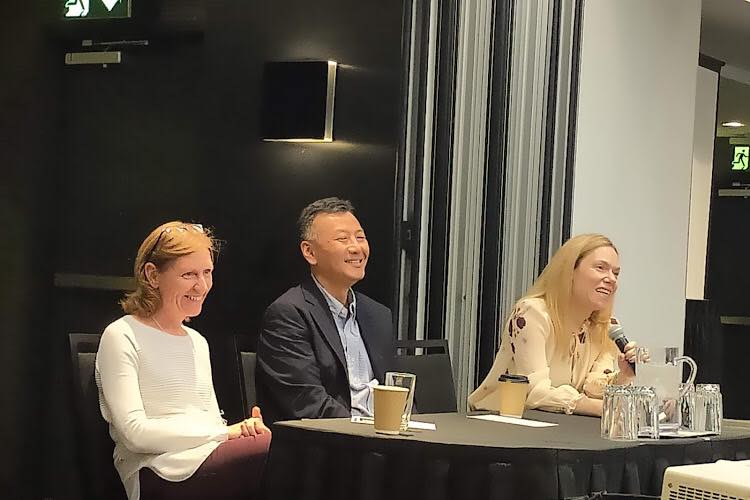
Jennifer Gerdts, Dr. Harold Kim and Dr. Elissa Abrams presenting at CSACI 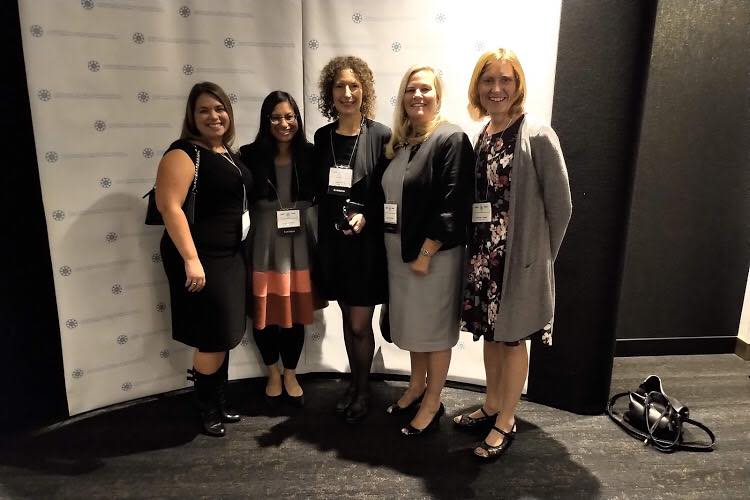
Carla, Ranjit, Joni, Tammy and Jennifer at CSACI
Family Medicine Forum (FMF), October/November, Vancouver, BC
FMF, hosted by the College of Family Physicians of Canada (CFPC), is Canada’s largest and most comprehensive annual conference for family physicians. The conference provided four energizing days of practical and thought-provoking educational opportunities, including daily keynote presentations and continuing professional development (CPD) sessions designed specifically for family physicians, researchers, and teachers.
At the conference we let family physicians know about our organization so they can refer their patients for education and support. Plus, we presented a session alongside pediatric allergists Dr. Edmond Chan and Dr. Elissa Abrams about key information on the early introduction of allergens and food allergy prevention.
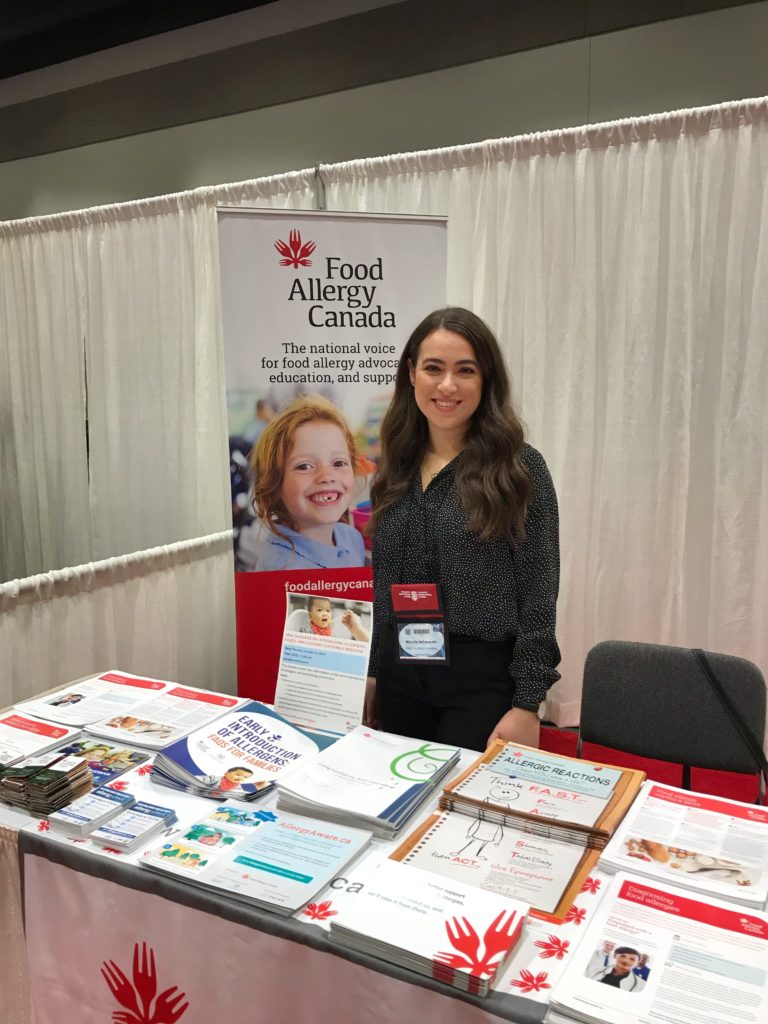
Michelle at our booth 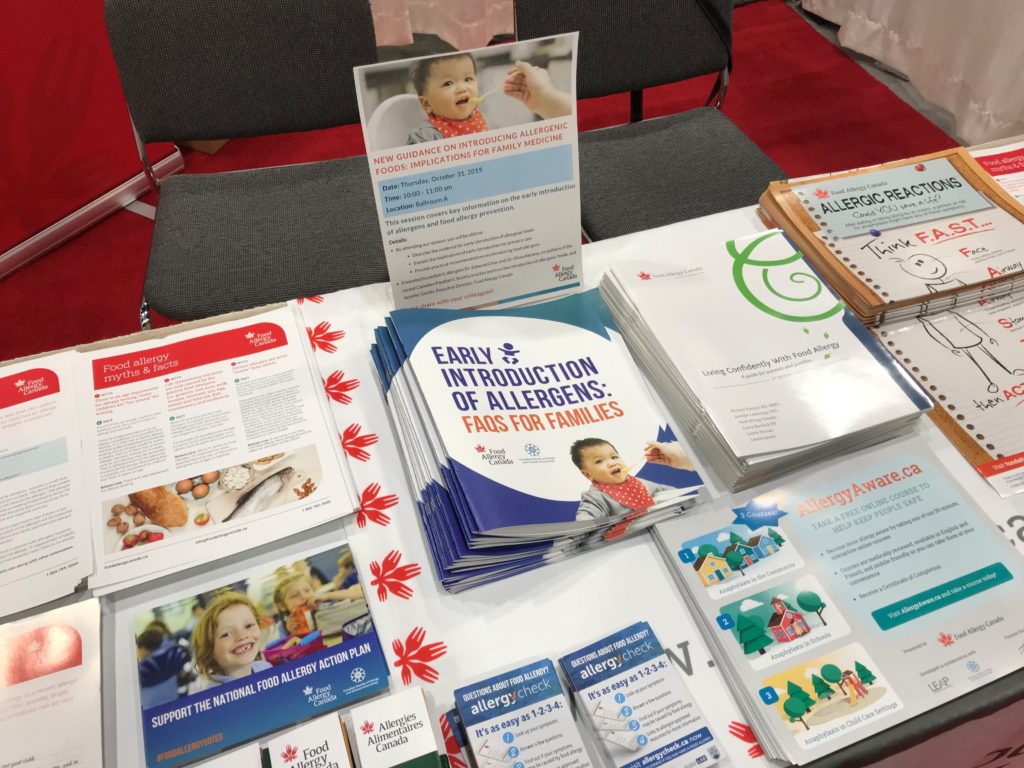
Our resources 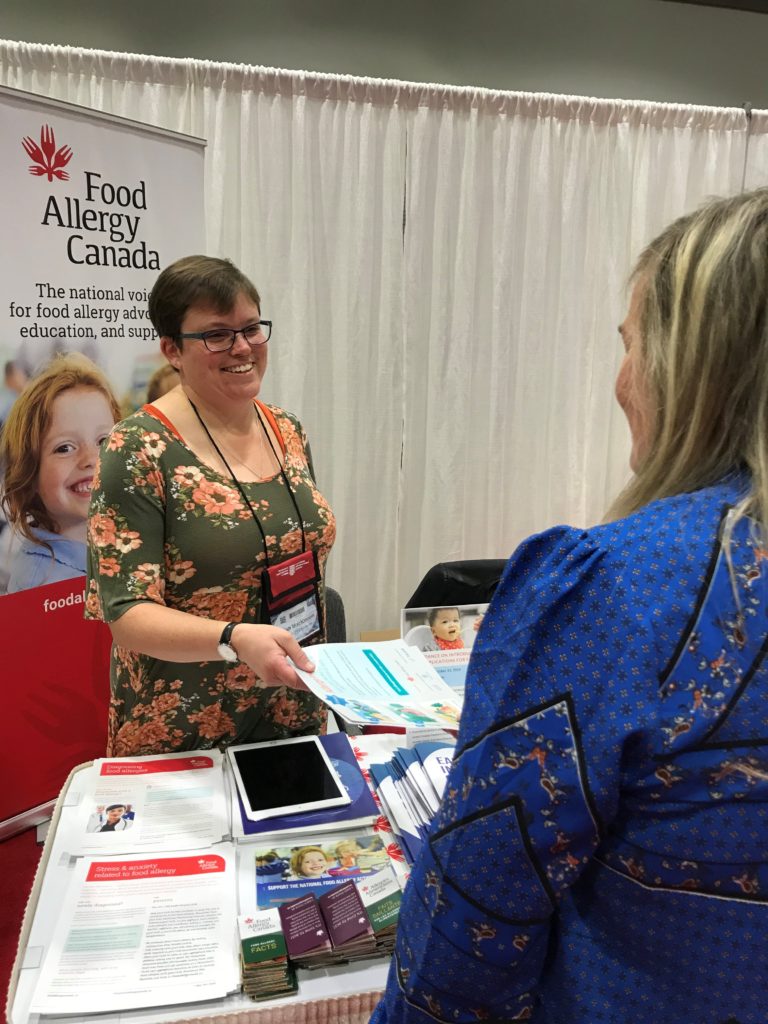
Sarah at FMF
Research: Calls for participation
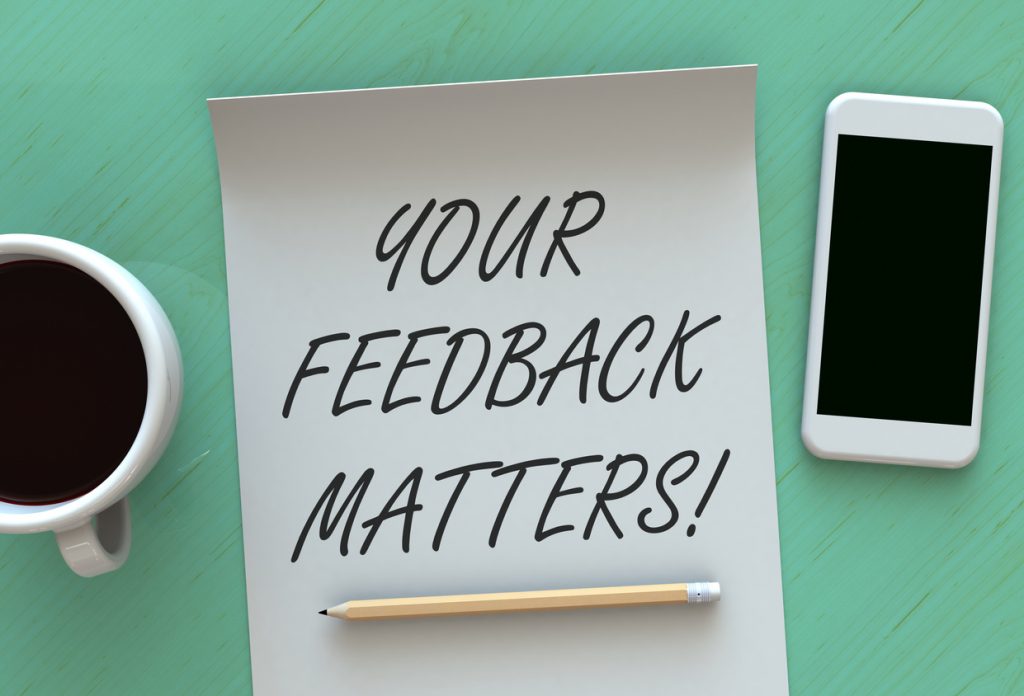
There are many calls for participation open right now for parents, teens, adults, and healthcare professionals. Please take the time to learn about the studies and participate before they close.
Participate now:
Parents:
- Study that looks at the burden of food allergy: This study is looking at the impact food allergy has on quality of life, social behaviour, and its economic and related burdens for families managing multiple food allergies. To participate, you are asked to complete an online survey that will take 15-20 minutes.
- Emerging allergen study: Has your child had a reaction to an allergen outside of the priority food allergens? If so, participate in this study by completing an online survey.
Teens ages 14-17:
- Study that looks at the quality of life: This study aims to understand health preferences and how food allergy affects quality of life. To participate, you are asked to complete an online survey.
Adults:
- Study that looks at the burden of food allergy: This study is looking at the impact food allergy has on quality of life, social behaviour, and its economic and related burdens for adults with multiple food allergies. To participate, you are asked to complete an online survey that will take 15-20 minutes.
Healthcare professionals:
- Food allergy survey for pediatricians and allergists: If you are a pediatrician or allergist who treats children and/or adults with food allergy, you are invited to participate in a study on the costs of medical visits for these patients. You are asked to complete a short online survey.
- Dietitians survey – closes November 22nd: Participate in a new study looking at the current capacity of Canadian dietitians providing care to pediatric patients with food allergy. You are asked to complete an online survey.
Research: U.S. FDA Advisory Committee supports immunotherapy treatment for peanut allergy in children and teens
Aimmune Therapeutics, Inc., a biopharmaceutical company developing treatments for potentially life-threatening food allergy, announced that the Allergenic Products Advisory Committee (APAC) of the U.S. Food and Drug Administration (FDA) voted to support the use of AR101 (proposed trade name PALFORZIA™) for treatment of peanut allergy in children and teens 4-17 years of age.
The APAC voted that the efficacy and safety data, with additional safeguards in place, are adequate to support the use of PALFORZIA, a biologic drug for peanut oral immunotherapy (OIT). With OIT, small amounts of a food allergen, in this case peanut, are given by mouth in gradually increasing doses until the patient is able to eat a certain amount of the food allergen without having a reaction so long as they are on this treatment.
Aimmune is seeking approval for PALFORZIA by the FDA, which is expected in late January 2020, with a potential U.S. launch of the drug, if approved, in the first quarter of 2020.
Share your thoughts! Tell us what you think of this development.
Research: U.S. review of the Viaskin peanut patch for treatment of peanut allergy in children

DBV Technologies, a biopharmaceutical company, announced FDA acceptance of its Biologics License Application (BLA) for Viaskin® Peanut for the treatment of peanut allergy in children 4-11 years of age. Viaskin Peanut is based on epicutaneous immunotherapy (EPIT), where active peanut proteins are delivered to the immune system through the skin.
The FDA has provided a target action date of August 5, 2020, with an advisory committee meeting to be held prior to then to discuss the Viaskin Peanut application.
Tell us what you think about this news – we’re interested in hearing from you on this topic!
Research: Giving antihistamines to a child for anaphylaxis linked to delays in emergency treatment
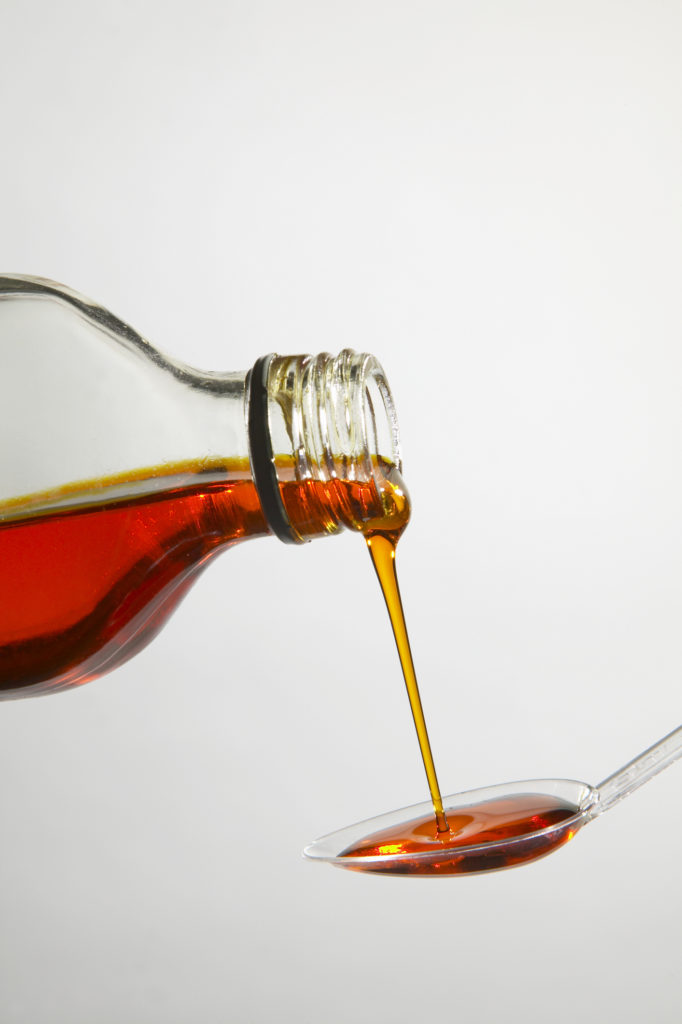
New U.S. research suggests that giving antihistamines to a child experiencing anaphylaxis, a potentially life-threatening allergic reaction, usually does more harm than good as it delays emergency treatment.
For the study, researchers reviewed the medical records of patients aged 8 months to 20 years who were admitted to a hospital with a diagnosis of anaphylaxis. They found that the majority (72%) of these patients who first took antihistamines at home for their symptoms delayed seeking medical care, compared to 25% of patients who did not take antihistamines.
These findings highlight the need for the community to have increased education on the importance of giving epinephrine (e.g. EpiPen®) at the first sign of anaphylaxis. Epinephrine is a medication that helps reverse life-threatening respiratory and cardiovascular symptoms by opening the airways and improving blood pressure.
In a 2015 position statement, the Canadian Society of Allergy and Clinical Immunology refers to epinephrine as the treatment of choice for anaphylaxis and notes that other medications such as antihistamines have not been shown to stop an anaphylactic reaction.
Giving epinephrine promptly, at the first sign of an anaphylactic reaction, leads to the best outcomes.
Discover our fun educational materials, like the Give and Go campaign that was featured this past Food Allergy Awareness Month. The focus was on the importance of giving epinephrine and calling 911 when having anaphylaxis.

Read our mythbuster on anaphylactic reactions and the use of antihistamines and asthma medications.
Research: Show your support for the CHILD Cohort Study video
What is the CHILD Cohort Study
The CHILD Cohort Study is a prospective longitudinal birth cohort study. This means that researchers are actively following the study participants over time as they grow and develop—from mid-pregnancy into childhood and adolescence.
CHILD findings will influence medical practice, parenting choices, consumer product regulation and policy development. Food Allergy Canada is a part of the CHILD knowledge mobilization stakeholder advisory committee. We are interested in the potential of this data to drive useful insights on the development of food allergy.
Video competition – vote for the CHILD Cohort Study video
The 2019 CIHR Institute of Human Development, Child and Youth Health (IHDCYH) Talks video competition is underway. Each year, this competition selects the top Canadian videos with evidence-based messages focused on having a positive impact on the health of children, youth and families. More information about the video competition is available here.
An animated video called The CHILD Cohort Study and a Baby’s Microbiome, is part of this year’s competition. This video highlights CHILD research that is helping to provide a greater understanding of allergies, asthma, obesity and everyday health and wellbeing, especially during childhood.
Check out the video and vote before November 30th. Votes account for 10% of each video’s overall score.
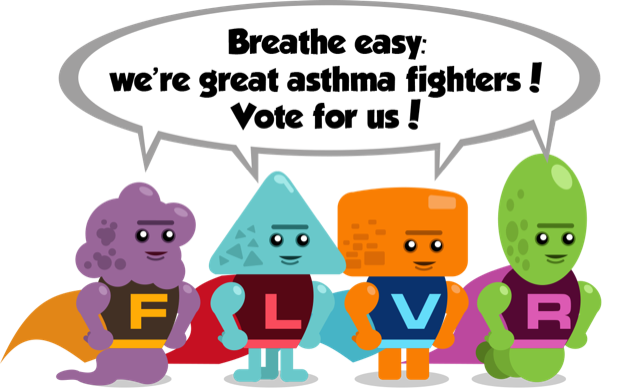
To vote for the CHILD video:
- Click here to watch the video
- Click on the “thumbs up” (like) icon that appears below the video
- Once you click the icon, your vote has been registered
Share the CHILD Cohort Study video with others so they can vote too!
Mythbuster – Is only one dose of epinephrine needed to treat an anaphylactic reaction?

FACT: A second dose of epinephrine can be given as early as 5 minutes after the first dose if there is no improvement in symptoms.
Bottom line: Don’t delay in giving epinephrine! That’s one of the most common mistakes people make during anaphylactic reactions. Epinephrine is safe, and it can save a life. Don’t hesitate to use it.
Learn more about the importance of epinephrine, treating reactions and review the 5 emergency steps.
Help us educate your communities and share this Mythbuster with them! Discover our other mythbusters at foodallergycanada.ca/mythbusters.
Do you have a food allergy myth you would like us to bust? Send your mythbuster questions to info@foodallergycanada.ca.
Tags: advocacy, mythbuster, Research
